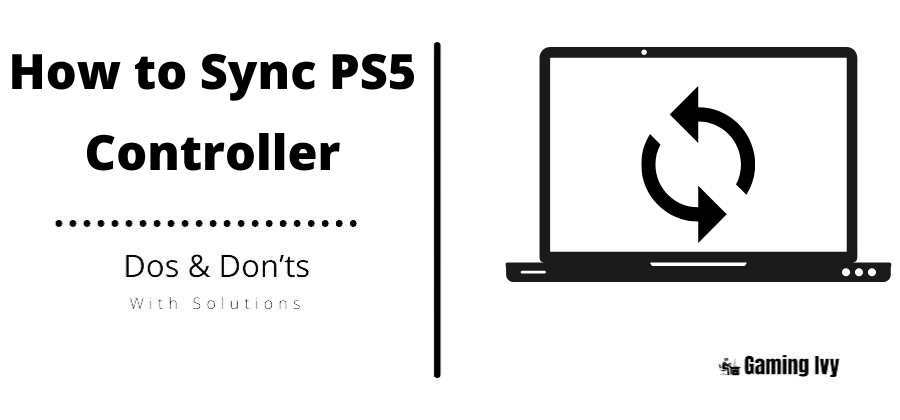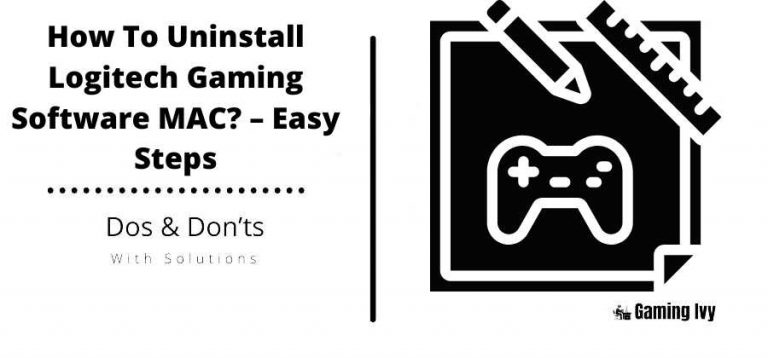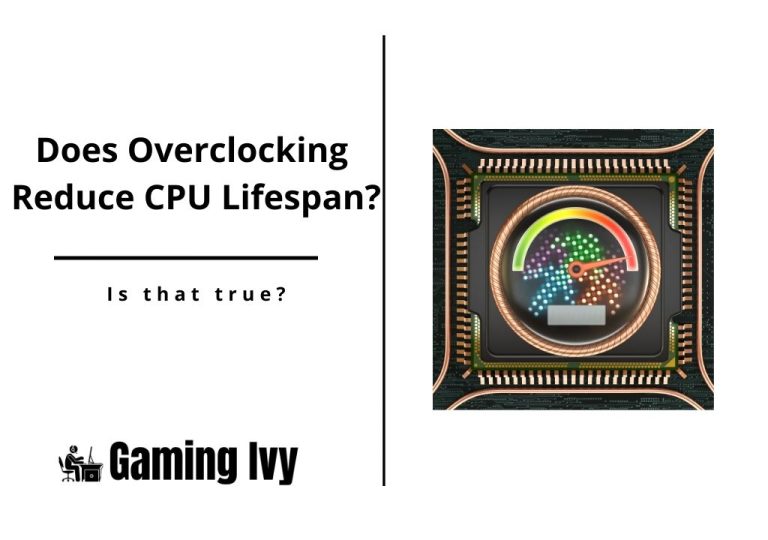How to Sync PS5 Controller
The PlayStation 5 has proven to be a huge success. At the time of writing, getting a PS5 is nearly difficult no matter where you are on the globe, so those who do have one are quite fortunate. If you’re lucky enough to possess Sony’s next-generation system, you already know that the DualSense controller is one of the generation’s crowning accomplishments. It’s a technical wonder that adds haptic feedback and triggers vibrations as you’ve never seen before to any game you play with it.
If you’re just pulling your PS5 out of the box – or if this is your first gaming system, as it will undoubtedly be for many – you might be wondering how to sync your controller to the console? This is a major stumbling hurdle for many players, especially those who haven’t played games since the PlayStation 2. Controllers no longer just plug into the console; there are now somewhat more sophisticated connection protocols to deal with, but don’t worry; we’re here to assist. Here’s how to connect your PS5 DualSense controller to your PlayStation 5.
Table of Contents
How to Connect a PS5 Controller to the PS5
The first step in setting up your PlayStation 5 is to link the controller with the system.
- Connect the DualSense controller to your console using the supplied USB-C connection.
- Press the PS button in the middle of the controller if the controller is switched off. The player indication LED should light up and the light bar on top of the controller should blink.
- Disconnect the USB-C cord after the controller is operational to use the controller wirelessly.
Note: You’ll need to charge the controller on a regular basis by connecting it to the console or a wall charger. While the PS5 is in a sleep state, the controller will charge.
- Update the system software if asked to ensure the controller has the most recent firmware upgrades.
Note: A PS4 controller may be connected to a PS5 controller to play PS4 games; however, the PS4 controller cannot be used to play PS5 games. A PS4 may also be used with the DualSense.
- You may switch on the PS5 by pressing the PS button on the controller once it has been connected with the system. Until the light bar communicates with the console, it may flash blue.
Wired
As you might expect, using a cable is the best and most effective method to connect a PS5 controller to your console – and the only way you can do so is if it’s your first controller. Unlike the DualShock 4, the PS5’s DualSense controller has a USB-C charging connector. This means you’ll either need to use the included USB-C cable or a phone charging cord or something similar to connect the controller. Don’t worry, any USB-C cable will work. Simply attach the cable to the DualSense and then find a spare USB port on your PlayStation 5. Once you’ve done that, hit the PlayStation button in the center to turn the controller on. The controller is now connected!
Wireless
It’s a little tougher to connect your DualSense to your PS5 wirelessly than it is with a cord. You won’t be able to utilize this approach unless you already have a PS5 controller connected to your console. But it’s ideal for adding a second controller for a second player. Here’s how to go about it.
You’ll need the controller you’d want to connect to first (obviously). Check to see if it’s fully charged and if it’s not already linked to something else, such as another PS5 or a computer. Go to the Settings menu on your PS5 and select Accessories. Select General, then Bluetooth from the drop-down menu.
Press and hold the Create and PlayStation buttons on the DualSense controller after you’ve arrived at this screen. The PlayStation button is in the center of the controller (it’s the one with the unique PlayStation logo on it), and the Create button is where the Share button used to be on the DualShock 4. The lights on your controller will begin to flash. Select the new controller using the controller you’ve previously linked, and you’re done!
Tips, tricks, and extras
The most often asked question about the DualSense controller is if it can be used on a PS4. DualShock 4 controllers were, after all, technically interoperable with the PS3 (after a lot of wrangling, of course, and only through a wired connection, but still).
Unfortunately, we can confirm that using the DualSense controller on the PS4 is not feasible. You simply won’t be able to utilize the DualSense on a last-gen console, regardless of whether you attach the controller by cable or wirelessly. This is most likely because the DualSense has a lot of extra capabilities that the DualShock 4 doesn’t. And the PS4 isn’t geared up to interpret that technology.
The good thing is that you can enjoy PS4 games with the DualSense controller if you play them on your PS5. Why would you want to play PS4 games on your old system if you have a PlayStation 5 and want to play PS4 games? Many PS4 titles benefit from the PS5, with improved graphics and performance. So if you have one and want to revisit your PS4 collection, you’re far better off with the PS5.
Knowledge
Did you know the DualSense controller can be used on a computer as well? It’s true: if you have a gaming PC, the DualSense controller is a fantastic way to play PC games. It works with a wired or wireless connection, and it’s an excellent controller for PC gaming in any case. To use the DualSense controller with a cable, plug it into one of your PC’s USB ports; to connect wirelessly, use Windows’ built-in Bluetooth setup to identify and connect the DualSense controller. Unfortunately, you’ll have to install a third-party application to trick Windows into believing you’re using an Xbox controller if you want to use it for games that aren’t on Steam. But that’s a little price to pay for such a great gaming experience!
Bottom Line:
If you learned a new thing today about How to Sync PS5 Controller? then please don’t forget to share this article with others. If you have any questions or suggestions for us, please feel free to write them in the comment section down below.
Thanks.






